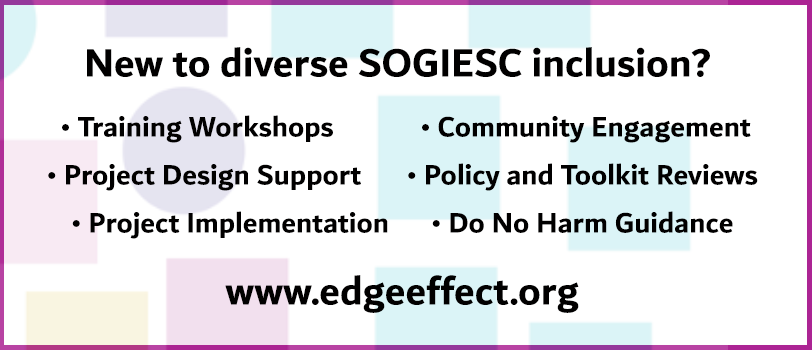This concise 6-page thematic report details the importance of a gender analysis when approaching humanitarian response to the Rohingya refugee crisis. It was structured using discussions with key informants from the humanitarian community, where findings were built on participation in cluster, sub-cluster and working group meetings in Cox’s Bazar. It was also built on a review of secondary data.
First, it discusses the existing gender inequality and power structures in Rohingya society, before highlighting how such inequalities may be exacerbated during times of crisis. It also discusses the barriers women and girls around the existing camps and makeshift settlements. For example, a lack of gender analysis when designing and implementing a WASH response meant major barriers for women and girls trying to access latrines or bathing facilities, with most non sex segregated. The document provides five-steps to a Rapid Gender Analysis as per Care International’s guide. Finally, nine key challenges are listed, with accompanying recommendations for the humanitarian sector detailed.





